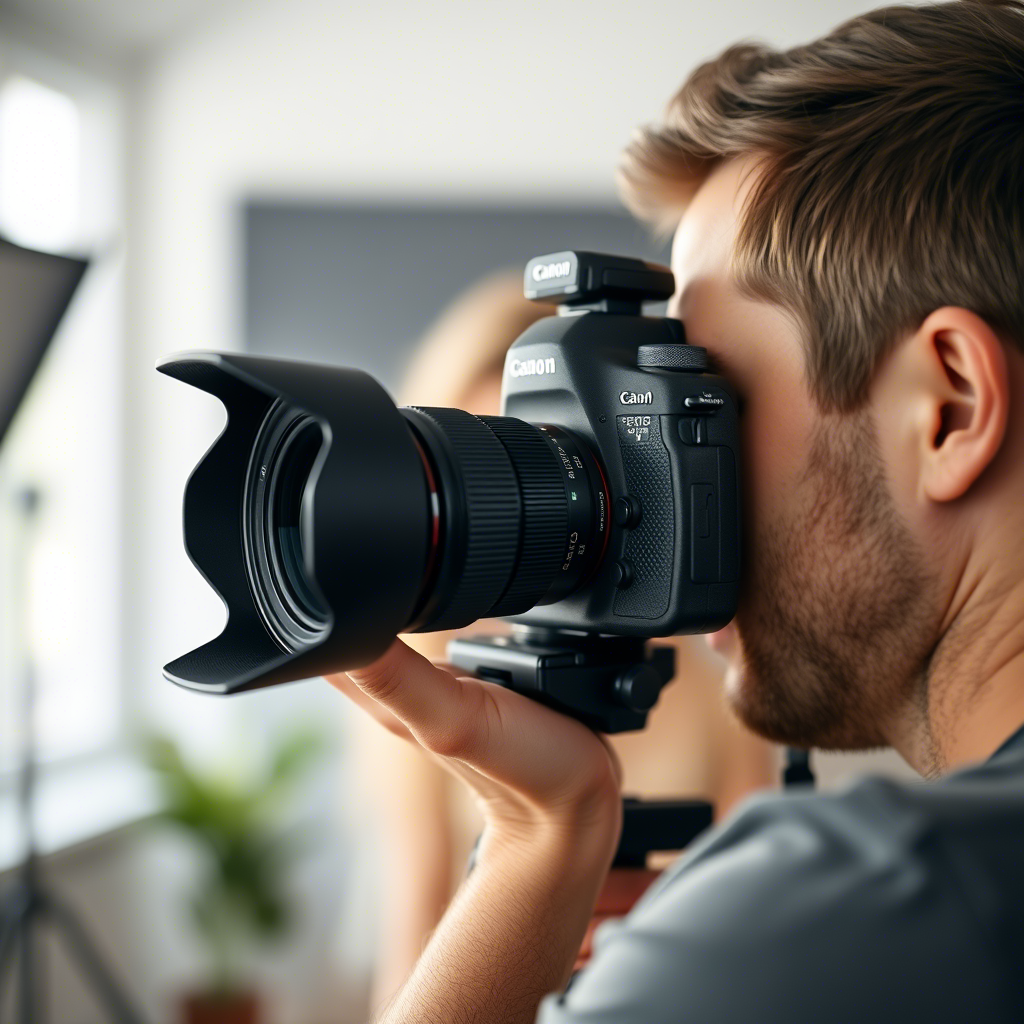Let’s face it—when you think of portrait photography, you probably imagine a sharp subject standing out against a beautifully blurred background. That soft, creamy blur is called bokeh, and when done right, it gives portraits a magical, almost cinematic quality.
But here’s the catch: not all lenses deliver good bokeh. Some give you harsh edges or a jittery background that distracts more than it flatters. Whether you’re shooting weddings, Instagram portraits, or client headshots, the right lens can elevate your images from “just okay” to scroll-stopping.
In this guide, I’ll share the best lenses for portraits with bokeh effect—based on real shooting experience, not just spec sheets. I’ll also break down what makes bokeh pleasing and what focal length or aperture you should look for as a beginner or hobbyist.
What Makes a Lens Great for Bokeh?
Before we dive into the lens list, let’s demystify what creates that smooth blur behind your subject.
- Wide Aperture: Look for f/1.2 to f/2.8. The wider the aperture (the lower the number), the more blur you can get.
- Focal Length: Mid-telephoto lenses (like 85mm or 135mm) compress the background and enhance blur.
- Optical Design: The number and shape of aperture blades affect how the bokeh looks—round blades = rounder blur circles.
- Lens Quality: Some lenses create “busy” or “nervous” bokeh, while others produce “buttery” smooth fall-off.
Top Lenses for Portraits with Dreamy Bokeh
Let’s break down some of the best lenses across different budgets and systems—whether you’re shooting on Canon, Nikon, Sony, or using vintage glass.
1. Canon RF 85mm f/1.2L USM
Best For: Professional Canon mirrorless shooters who want the ultimate in creamy background blur.
Why It Stands Out:
- Razor-sharp subject isolation even at f/1.2
- Round bokeh balls with no harsh edges
- Ideal for wedding and fashion portraits
Real Talk: I used this for an outdoor bridal shoot, and even in tricky backlight, the bokeh was smooth like melted butter. Pricey? Yes. Worth it? Absolutely.
2. Nikon Z 85mm f/1.8 S
Best For: Nikon Z mirrorless users looking for a sharp, elegant portrait lens with soft falloff.
Why Photographers Love It:
- Lightweight and weather-sealed
- Incredibly sharp, wide open
- Bokeh is smooth, not distracting
Tip: Pair this with natural window light indoors, and you’ll see why Nikon shooters rave about its rendering.
3. Sony FE 90mm f/2.8 Macro G OSS
Best For: Hybrid shooters who want macro AND portrait capability in one lens.
Why It Surprises:
- Excellent subject isolation at f/2.8
- Macro shots with background melt
- OSS helps handheld low-light portraits
Example: I’ve shot both beauty portraits and product photos with this lens—those creamy backgrounds come alive even at f/3.2!
Also Read:
Best Lens for Wildlife Photography on a Budget
Point and Shoot Camera vs DSLR
4. Sigma 85mm f/1.4 DG DN Art (Sony E / L-Mount)
Best For: Budget-conscious photographers wanting pro-level bokeh without the brand price tag.
Why It Delivers:
- Stunning bokeh at f/1.4
- Fast autofocus, ideal for events
- Available in Sony E and Leica L mount
Opinion: It rivals the native Sony GM 85mm, but for less cash. Sigma really nailed the balance between sharpness and background blur.
5. Canon EF 50mm f/1.4 USM (DSLR)
Best For: Beginners on a Canon DSLR who want a taste of pro bokeh without breaking the bank.
Highlights:
- Lightweight and versatile
- Bokeh has a slight “bubble” character
- Affordable and easy to find used
Story: This was my first “real” lens after the kit lens, and it taught me how aperture changes the mood of a photo. Perfect for learning.
Bonus: Old School Bokeh – Vintage Lenses That Still Wow
- Helios 44-2 58mm f/2 – Swirly bokeh, amazing character for under $100.
- Canon FD 85mm f/1.8 – If you’re shooting mirrorless with an adapter, this lens oozes personality.
- Takumar 135mm f/2.5 – Beautiful separation, slightly dreamy look, great for moody outdoor portraits.
Tip: Try these vintage lenses with a cheap adapter on your mirrorless camera. Manual focus takes practice, but the results are worth it.
Quick Tips for Getting Creamy Bokeh in Portraits
- Use a wide aperture: Shoot at f/1.4 to f/2.0 when possible.
- Keep the subject far from the background: More distance = more blur.
- Use longer lenses: 85mm and beyond give the best compression.
- Mind your background: Plain, textured, or light-dappled backgrounds enhance bokeh.
- Light placement matters: Backlight or side light often enhances lens blur effect.
Conclusion: Choose the Lens That Matches Your Style
Here’s the thing—the best lens for portraits with bokeh effect isn’t always the most expensive one. It’s the one that fits your style, your camera, and your vision. Whether you’re crafting soft, dreamy portraits for clients or experimenting with vintage lenses for artistic flair, great bokeh is within your reach.
The right lens won’t just blur the background—it’ll focus the story on your subject. So go ahead, find the one that feels like “you,” and make your portraits pop.
